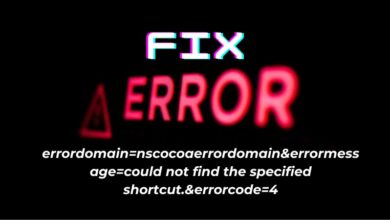Single-Touch vs. Multi-Touch: Spot the Difference

Table of Content
If you’re looking into investing in touch screen technology for your business, you may have heard the terms ‘single-touch and ‘multi-touch.’ Before making the switch to this innovative and functional form of technology, it’s essential to educate yourself about the different types.
There is an enormous range of products employing touch screen technology on the market today—including smartphones, human-machine interfaces (HMIs), tablets, and interactive signage. Some of these devices will support single-touch interactions, while others will support multi-touch.
While both of these technologies follow the same principle—user touch interaction—there are some pivotal differences. Let’s walk through what sets multi-touch and single-touch screens apart.
Touch screens: a brief history
When touch screens first emerged on the market, multi-touch technology was merely a pipe dream. These early devices supported single-touch functions only.
Some examples of early single-touch devices included capacitive glass displays used by air traffic controllers and resistive touch screen computer monitors.
In the 1980s, the first multi-touch devices became commercially available. The HP-150 was the first multi-touch screen computer that sensed a user’s input via infrared detectors and emitters.
In 1984, multi-touch technology-powered forward. Bell Labs developed the first transparent touch screen overlay with multi-touch capabilities. The overlay featured a capacitive arrangement of transparent touch sensors set over a CRT monitor, through which a user could maneuver graphical objects.
What is single-touch technology?
As you might decipher from its name, single-touch technology supports stimulation from a single touch. The user can interact with the screen with a single tap of a finger or other input device. One example of a single-touch function is tapping a smartphone icon with a single finger to immediately open an app.
Single-touch technology’s poor versatility and limited support for multiple commands lead to its downfall. When multi-touch technology came on the market, single-touch technology was quickly trumped.
What is multi-touch technology?
While single-touch technology accepts only one point of input at a time, multi-touch technology supports multiple inputs. While most smartphone and tablet users aren’t familiar with the term ‘multi-touch,’ nearly all will have employed a multi-touch function while using their device.
Zooming in on a smartphone, for example, requires a movement where the user ‘pinches’ the screen with two fingers. To zoom out, the user will perform the opposite motion.
Many touch screen devices also perform different functions depending on whether the user swipes with one, two, or three fingers. Because single-touch screens cannot pick up on multiple inputs, these interactions would not be possible when using a single-touch device.
Multi-touch technology can improve the customer experience by broadening the user’s options when engaging with a digital display, allowing them to zoom, scroll, select, and enjoy other rich, fluid interactions.
Conclusion
While older single-touch technology allows users to touch or tap a single point at a time, multi-touch technology allows for a much broader range of interactions—such as zooming, scrolling, swiping, selecting, and more. Businesses will benefit from investing in modern multi-touch technology.
Read Also: Marketing Attributes Of single touch and multi touch




